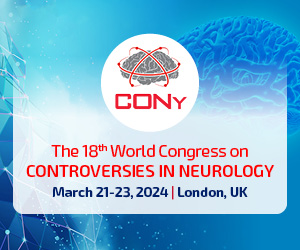Free radicals, selenium and epilepsy in children
 Affiliation and address for correspondence
Affiliation and address for correspondenceHere we present the results of our study and give the review of the literature data concerning the role of free radicals, selenium and zinc ions in children’s epilepsy and febrile seizures. Newborns and infants are at the high risk of oxidative stress and are very susceptible to imbalance between antioxidants and free radical generation system. During the phase of ischaemia and reperfusion of perinatal asphyxia, the activity of membrane Na+/K+-ATP-ase is impaired. This leads to persistent membrane depolarisation and glutamate (major excitotoxic agent) release. In 25% cases of hypoxic-ischaemic encephalopathy (HJE) cerebral palsy is diagnosed. In this condition the epilepsy coexists with cerebral palsy in 15% to 40% of cases. We have shown that the blood selenium concentration is decreased in the group of children with epilepsy treated with carbamazepine in comparison to the control group treated with valproate. This results in impairment of the oxidants and antioxidants balance. This results are concordant with literature data. In the groups of children with febrile seizures also zinc concentration were decreased. The above results suggest that the presence of seizures diminish zinc and selenium concentration but the exact mechanism of the influence of these microelements in pathogenesis and the course of epilepsy in children is not fully described.








